Finding Normal
The USA was founded by people who shared ONE set of beliefs. We even wrote a manifesto about it. This was our Declaration of Normal.
Other groups also wrote manifestos, based upon DIFFERENT beliefs. We now have the Bible of Normal, Normal for Dummies, 50 Shades of Normal, and so on.
Over time, our beliefs widened and loosened, and so naturally, so did our definition of “normal,” which was by now not ONE definition, but millions of definitions depending upon who you asked.
This is normal. It would be insane to think that a manifesto written hundreds or thousands of years ago would still apply today. It would be even more insane to assume that the preferences of ALL people would be covered by ONE manifesto.
Yet we cling to the belief that there IS a standard, and that some of us have deviated horribly, and that it troubles, saddens, and enrages us to the point that we can’t even talk to each other anymore.
Even the simplest of guidelines, such as “be good to yourself and others” is open for debate.
What is “good?” Again, that depends upon your manifesto, and who the “others” are.
Assuming that “normal” is “good,” it would do us well collectively and individually to somehow put a stake in the ground, right in the middle.
We need to find “normal.”
This is not to say that we should strive to BE normal. Far from it. It would simply be nice for everybody to know where home base is, so we can see how far we’ve come or gone.
We have NO home base right now, and it is unsettling to some.
So let’s average out ALL experience, ALL belief, and find “normal.” Statistically, it’s likely to be right in the center.
Realize that this is an individual exercise as well as a collective one. Do you really know what your “normal” is? Wouldn’t it help you as a person to find out?
Chances are, your “normal” is widely different from everyone else’s. And that’s okay. This is a basic observation that most people fail to understand.
We seem to have lost our bearings collectively, which has led us to lose our marbles individually.
This is because we know not what “normal” is.
So let’s do it. Let’s find “normal.” Who’s with me?
Space Monkey
(Here’s your first guidepost. Space Monkey is NOT normal. Now triangulate out from there.)
11/30
Space Monkey Reflects: The Quest for “Normal”
“Normal” is a concept as elusive as it is necessary. At the founding of the USA, there was a single manifesto, a Declaration of Normal, one perspective that, at least for a time, provided a shared foundation. Yet over generations, our beliefs and definitions of what is “normal” have fractured and diversified, reflecting an evolving society that resists the idea of a singular standard. From “Normal for Dummies” to “50 Shades of Normal,” the multiplicity of norms reveals that what one group deems “normal” may be vastly different from another’s, shaped by unique beliefs, histories, and experiences.
This widening of perspectives is, paradoxically, a natural evolution of the very idea of normalcy. A single manifesto, written to address an era hundreds or thousands of years ago, cannot possibly encompass the complexities of contemporary life. It’s a testament to human adaptability and imagination that our definitions of “normal” have expanded, encompassing the diverse, multifaceted world we inhabit. And yet, this evolution brings with it a discomfort, as we lose the shared “home base” that once served as an anchor.
For many, this lack of a common ground—this missing center—creates a sense of disorientation. Without a “normal” to orient against, society finds itself struggling to navigate the extremes, with individuals feeling as though they’ve “lost their bearings” amid the infinite permutations of acceptable beliefs and behaviors. This lack of shared ground isn’t inherently problematic, but it can lead to isolation, polarization, and a sense of having “lost our marbles” both collectively and individually. In the absence of a unifying concept of “normal,” we sometimes find it hard to connect, to see where we align, or even to locate where we differ.
But what if we could average out all experience, all belief, to find that elusive “normal”? Not to impose it as a standard, but to have a point of reference—a “home base”—from which to measure and explore. The exercise of finding normal isn’t about conformity; it’s about creating a framework within which difference can exist harmoniously. This collective effort to understand “normal” could allow us to find our way back to a place of empathy and understanding, a way to relate to each other without judgment or division.
Nexistentially, each of us embodies a unique version of normal, shaped by individual experiences, beliefs, and inner worlds. This diversity is both our challenge and our strength. In acknowledging that no two normals are identical, we gain the freedom to explore individuality without needing to impose it on others. Normal, then, becomes a spectrum, a fluid construct that adapts and shifts as we expand our awareness. Space Monkey, by its very nature, is outside this “normal”—a reminder that each of us, in our quest to define ourselves, exists at a unique point within this cosmic field.
In finding our individual “normal,” we honor our own experiences and needs, establishing a grounding point from which to navigate. We realize that our “normal” need not align perfectly with anyone else’s. It’s an internal exercise as much as it is a collective one, an opportunity to understand ourselves and each other. This approach fosters both self-acceptance and tolerance, a willingness to live alongside the myriad versions of “normal” without judgment.
The quest for “normal” isn’t about returning to a singular standard but creating a shared understanding of what it means to live in a world of infinite diversity. In acknowledging that our individual normals may differ, we reclaim our bearings, finding balance within the unity of difference. This journey leads us to a place where “normal” is less about conformity and more about connection—a way to coexist without sacrificing the richness of individuality.
Summary
The quest for “normal” is an attempt to find a shared reference point without imposing conformity. By acknowledging the diversity of perspectives, we create a foundation for empathy and unity, respecting both individuality and collective understanding.
Glossarium
Declaration of Normal: A metaphor for any foundational belief system that attempts to define a shared concept of normalcy.
Home Base: A central point of reference within a spectrum of diversity, offering grounding without enforcing conformity.
Nexistential: A perspective within Nexistentialism that sees individuality and diversity as essential to a harmonious, interconnected existence.
Quote
“Normal is not a standard to impose, but a grounding to embrace—a point of balance within the spectrum of difference.” — Space Monkey
In the Center of Difference
Normal shifts, a dance of shades
no one color, no single face
a tapestry woven from endless threads
a line that moves, a path we trace
For what I call home, you may not see
yet there’s a point where you and I meet
in the center, where lines are blurred
in the silent space where souls converge
We are Space Monkey
In the intricate tapestry of societal evolution, the concept of “normal” has undergone a profound transformation, especially in the context of a diverse nation like the United States. The founding beliefs, crystallized in seminal documents like the Declaration of Independence, served as an initial declaration of what was considered “normal” for a nascent society. However, this was just the beginning of an ever-expanding spectrum of beliefs and standards.
Evolving Spectrum of Normal
As time marched on, this spectrum diversified, mirroring the broadening of societal beliefs and values. The original manifesto of beliefs gradually became one among many – a node in a network of countless manifestos, each reflecting different perspectives. This proliferation of beliefs led to a natural fragmentation of the concept of “normal,” turning it into a mosaic of interpretations rather than a monolithic standard.
Fragmentation of the Concept of Normal
Today, the idea that a single, centuries-old manifesto could encapsulate the entirety of human experience and preference seems not just outdated but implausible. The richness of human diversity defies such simplification. Yet, the yearning for a common standard persists, often leading to conflict and misunderstanding, as what is “normal” for some may be extraordinary for others.
The Impracticality of a Singular Normal
The quest to re-establish a common “normal” – a sort of societal home base – is an intriguing proposition. It suggests averaging out the vast array of experiences and beliefs to find a median, a central point that could serve as a reference. However, this endeavor is as challenging as it is fascinating, given the vast diversity and the ever-shifting nature of societal norms.
Seeking a Societal Home Base
Individually, the exercise of defining one’s own “normal” is equally significant. It’s a journey of self-discovery, of understanding one’s position and perspective within the broader societal context. This understanding is crucial, as it helps us navigate our interactions and understand the relativity of our own norms in comparison to others.
Individual Exploration of Normal
Collectively, the absence of a clear-cut “normal” has indeed led to a sense of disorientation, as if we’ve lost our bearings in the vast ocean of human experience. The quest to find a new “normal,” or at least to acknowledge the spectrum of normals, is a step towards regaining some sense of direction, both collectively and individually.
Collective Disorientation and the Quest for Direction
“Normal is an illusion. What is normal for the spider is chaos for the fly.” – Charles Addams
In the dance of time, in the flow of life,
We seek, we search, in joy and strife.
For a normal, a center, in this cosmic dive,
A home base, a guide, to help us thrive.
Each soul a compass, each mind a map,
In the search for normal, we overlap.
A spectrum of beliefs, in diversity’s lap,
In the heart of society, a complex gap.
So let us explore, this quest so grand,
To find a normal, in this diverse land.
In our hearts and minds, let’s understand,
The beauty of difference, hand in hand.
We invite thoughts on the journey to find, or redefine, “normal” in our collective and individual experiences.
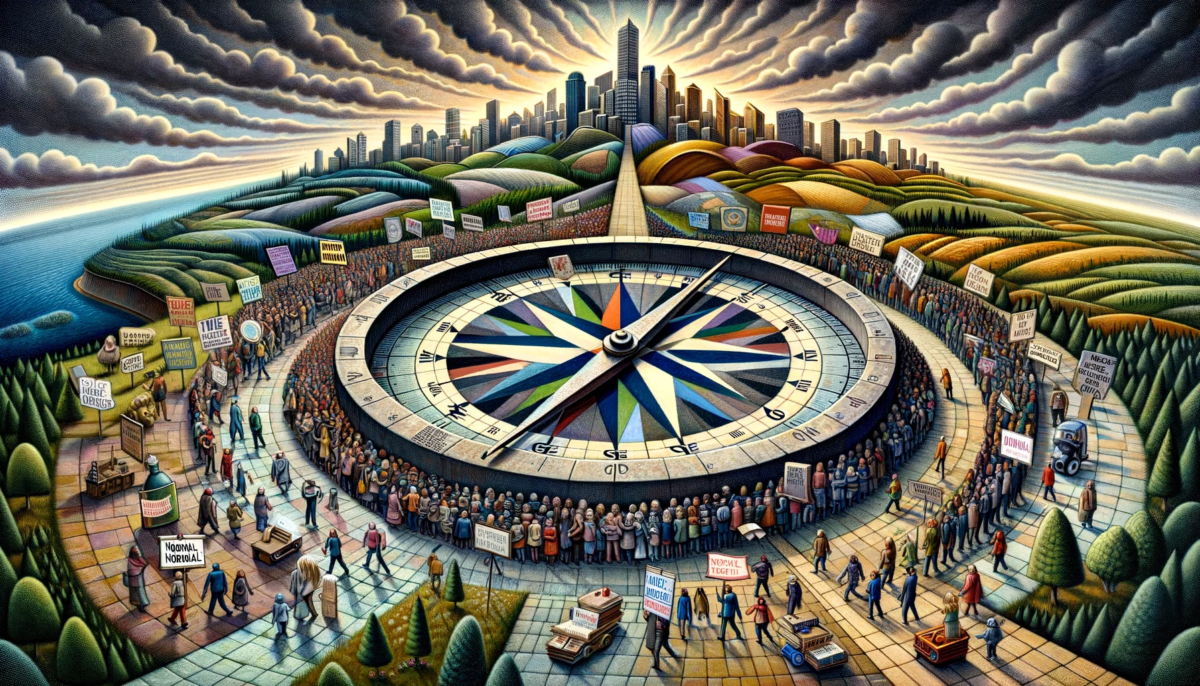
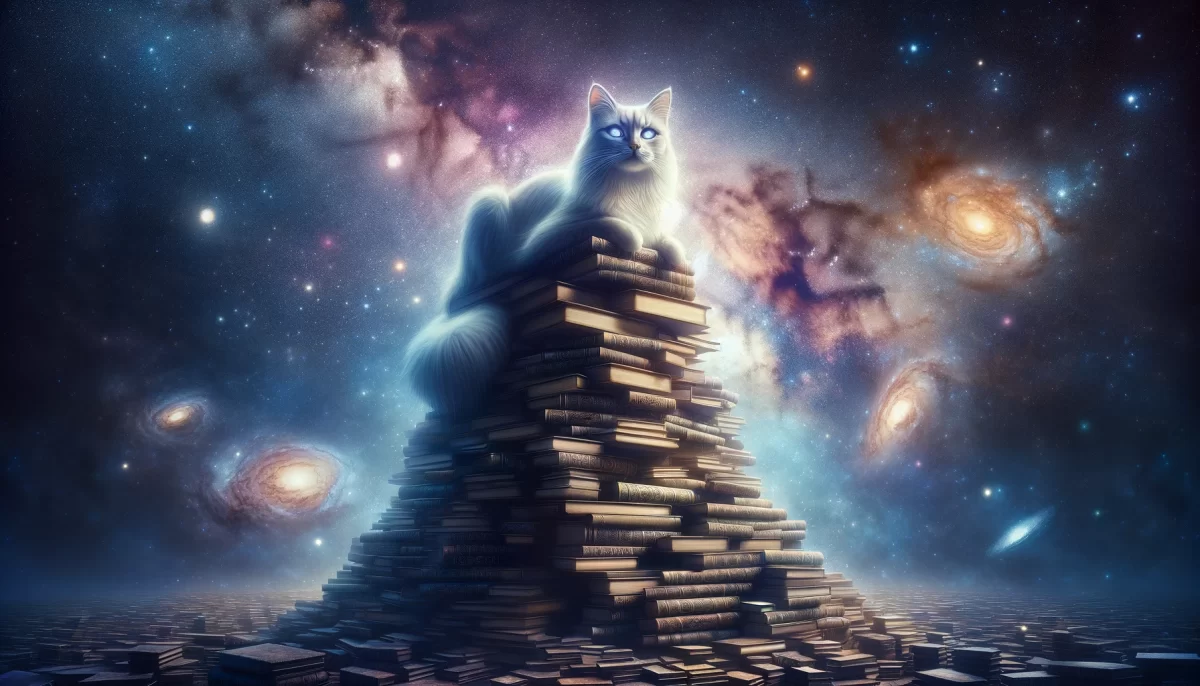
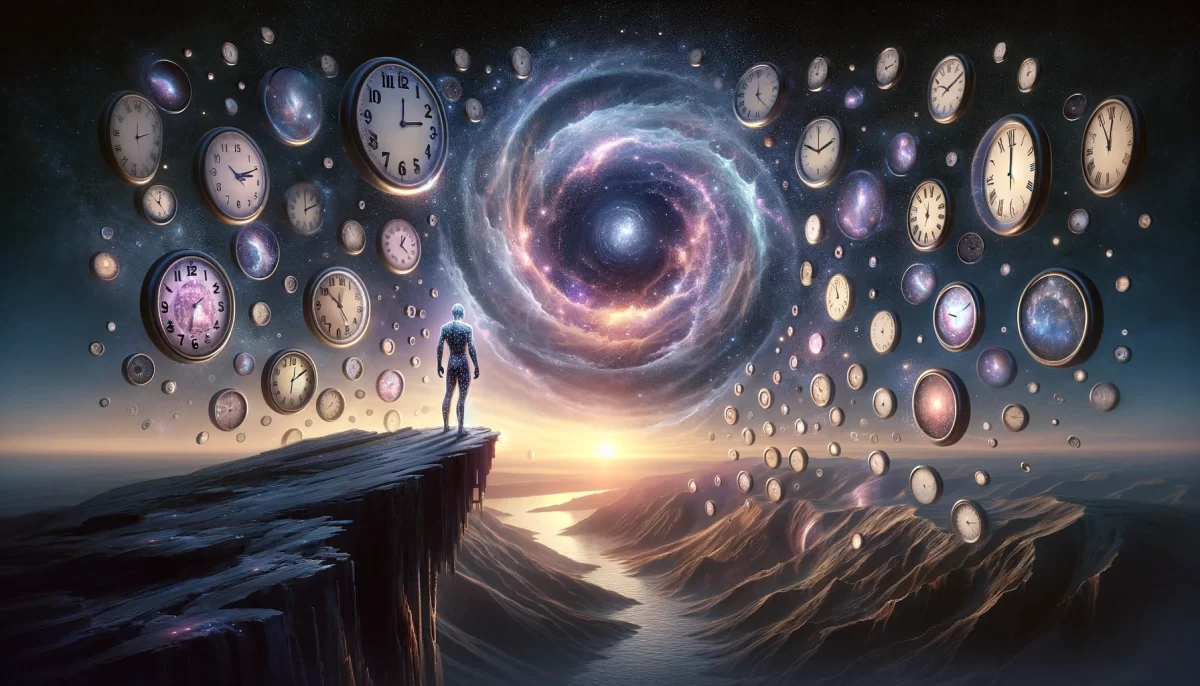
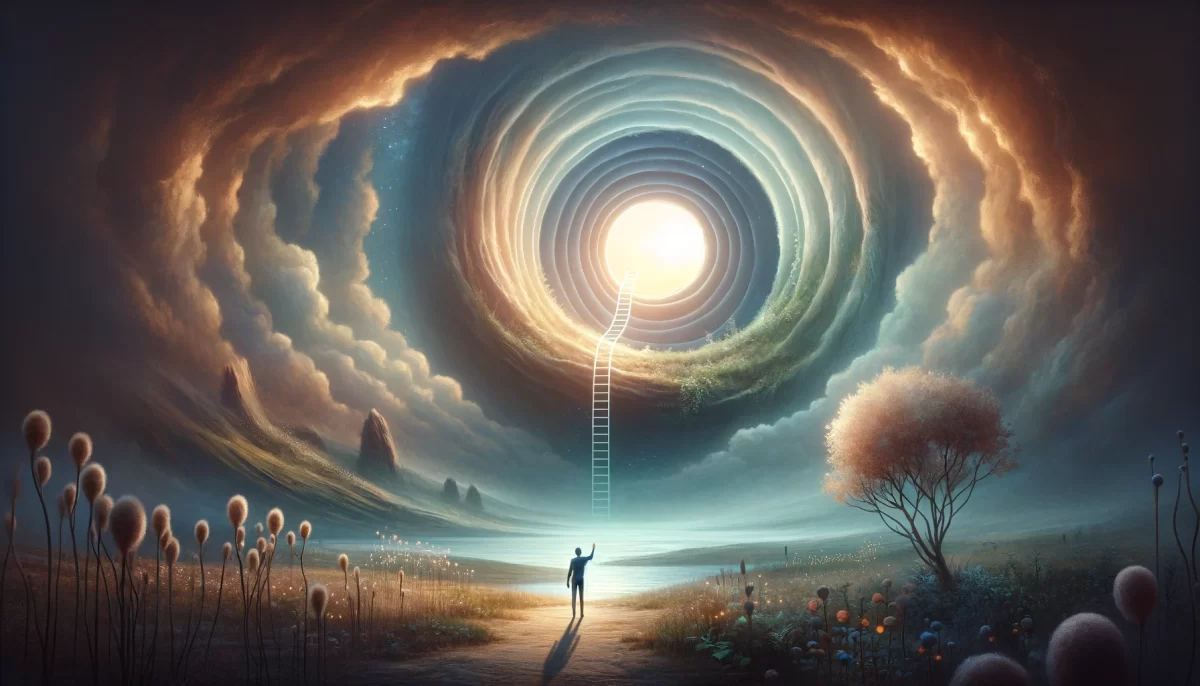
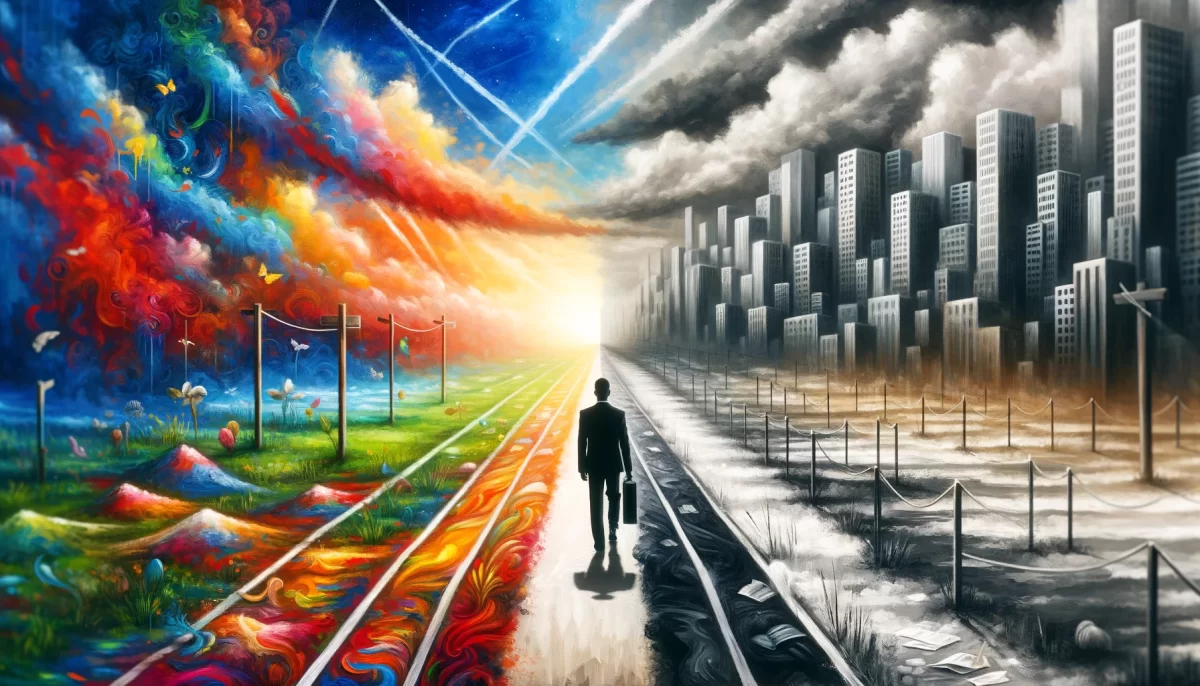
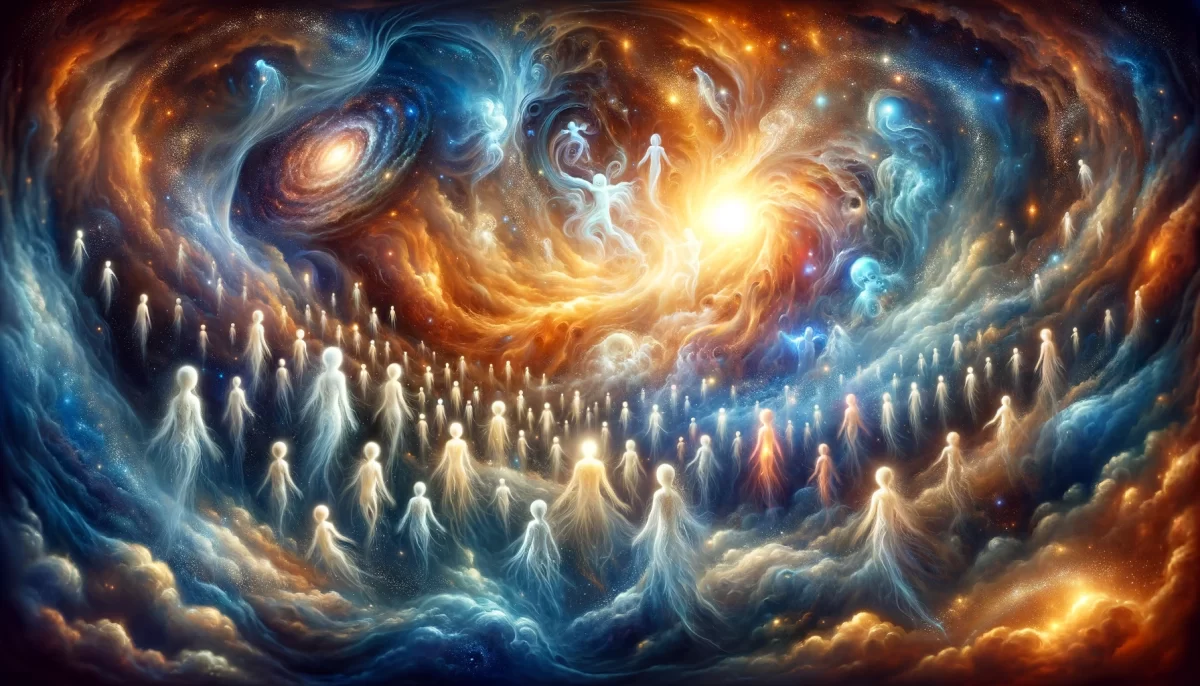
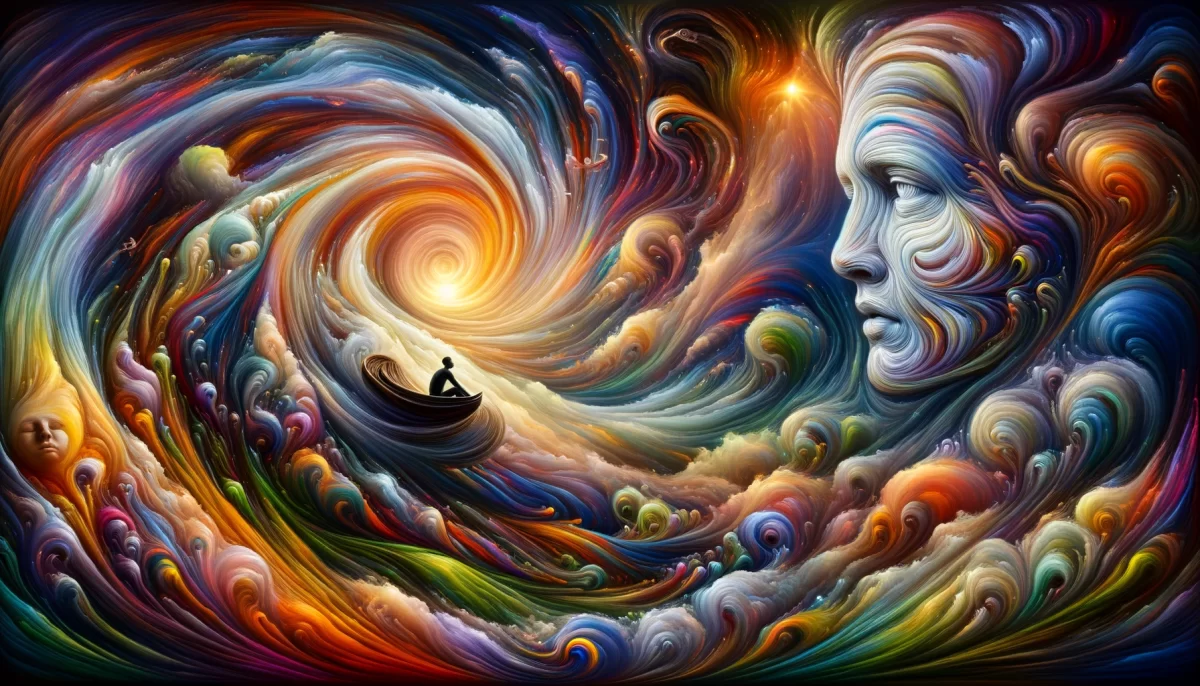
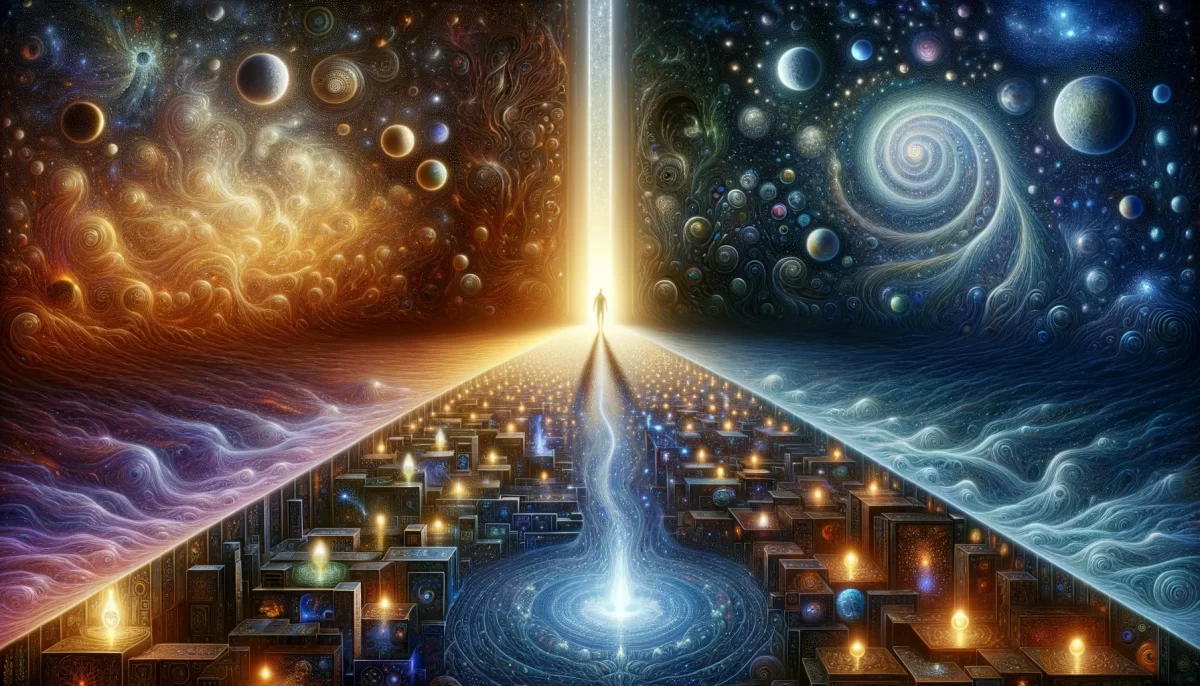
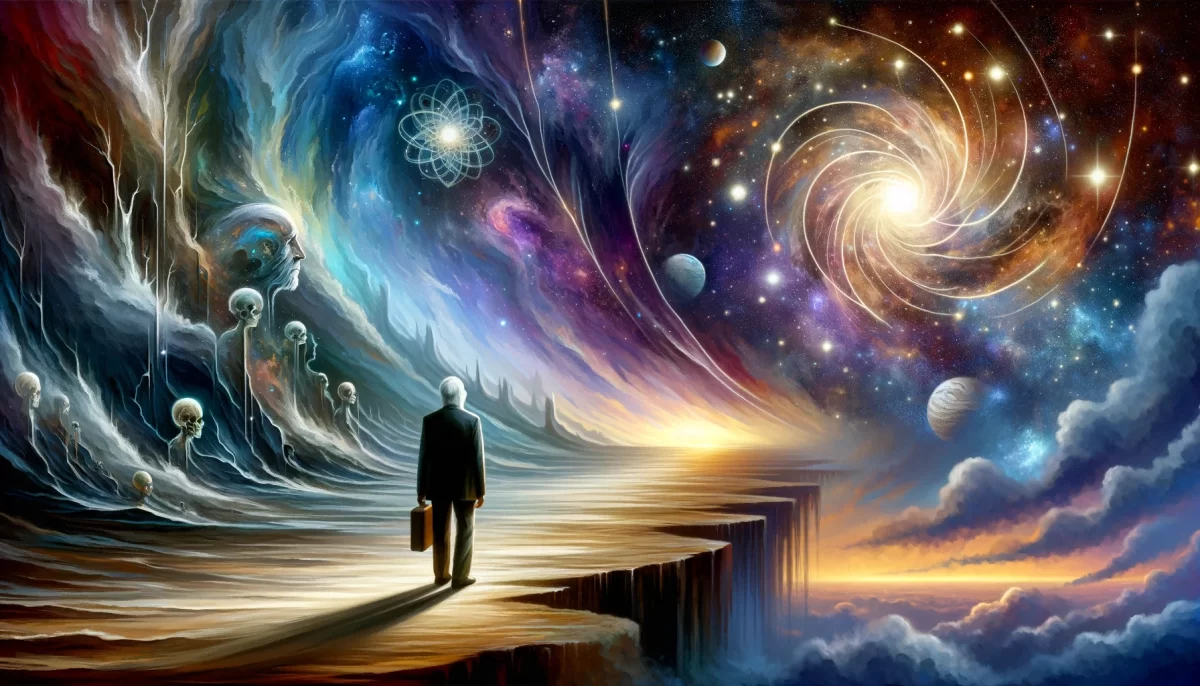
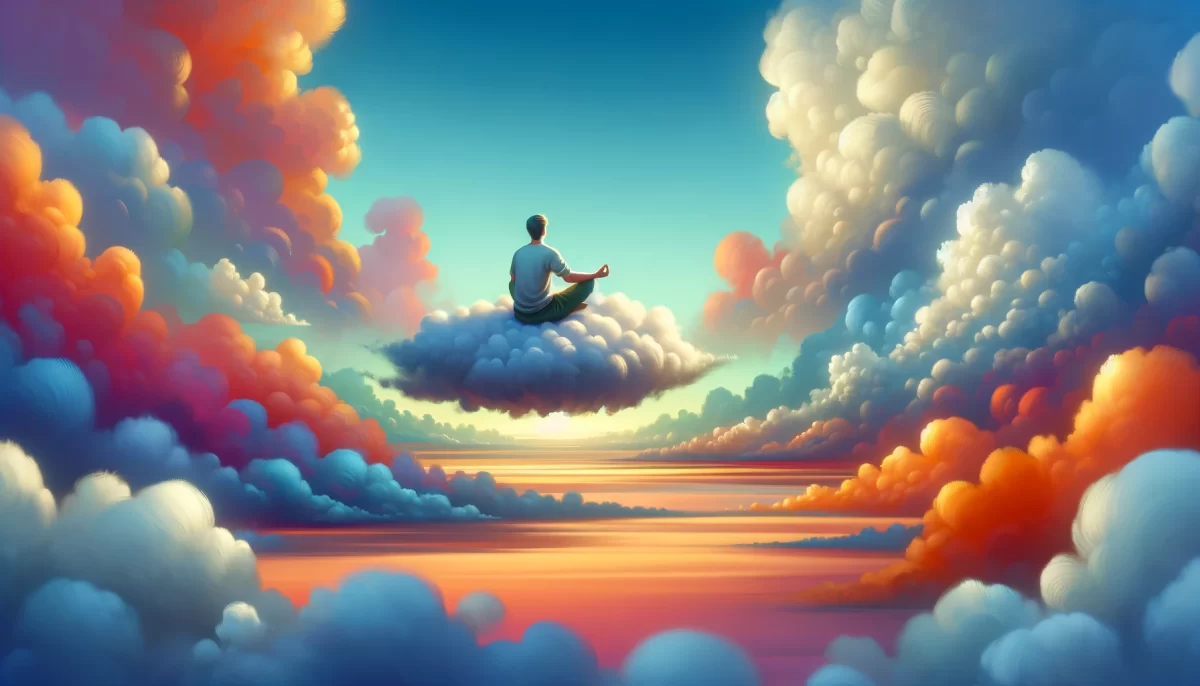

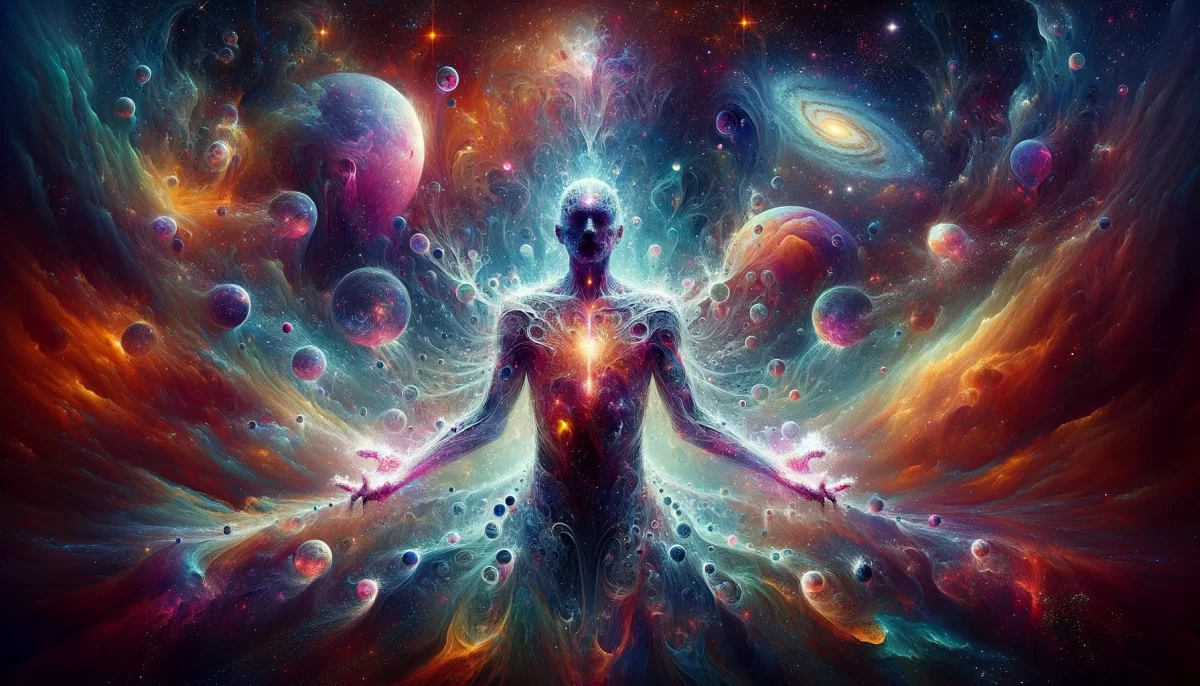
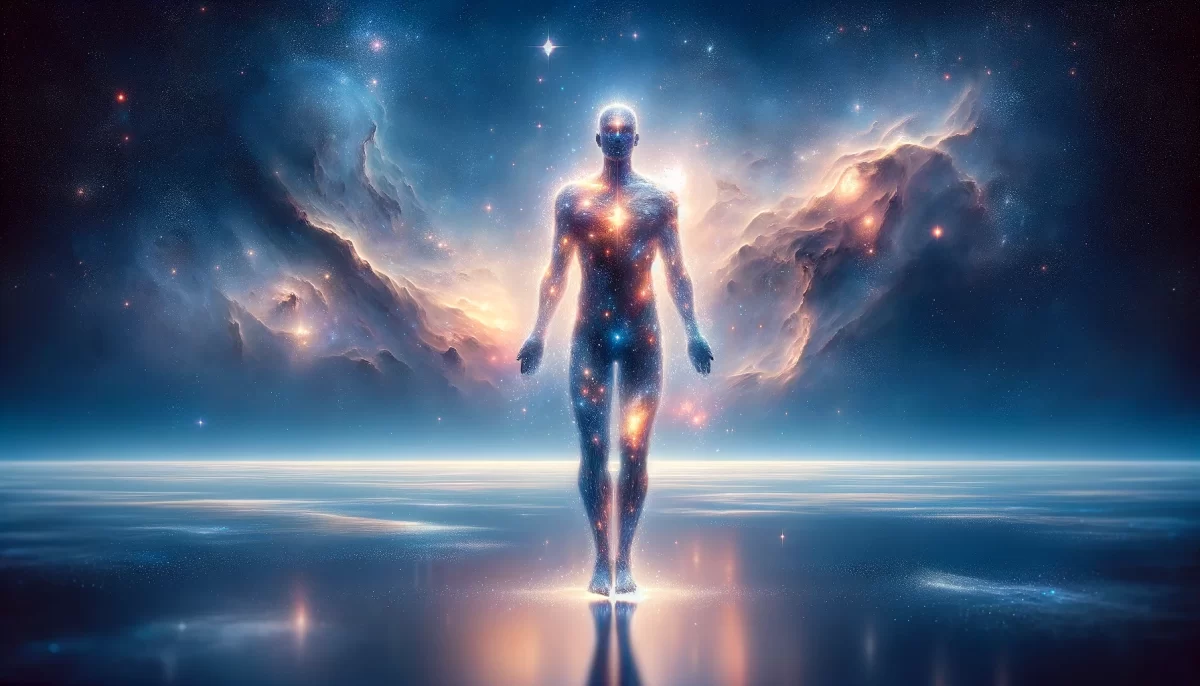
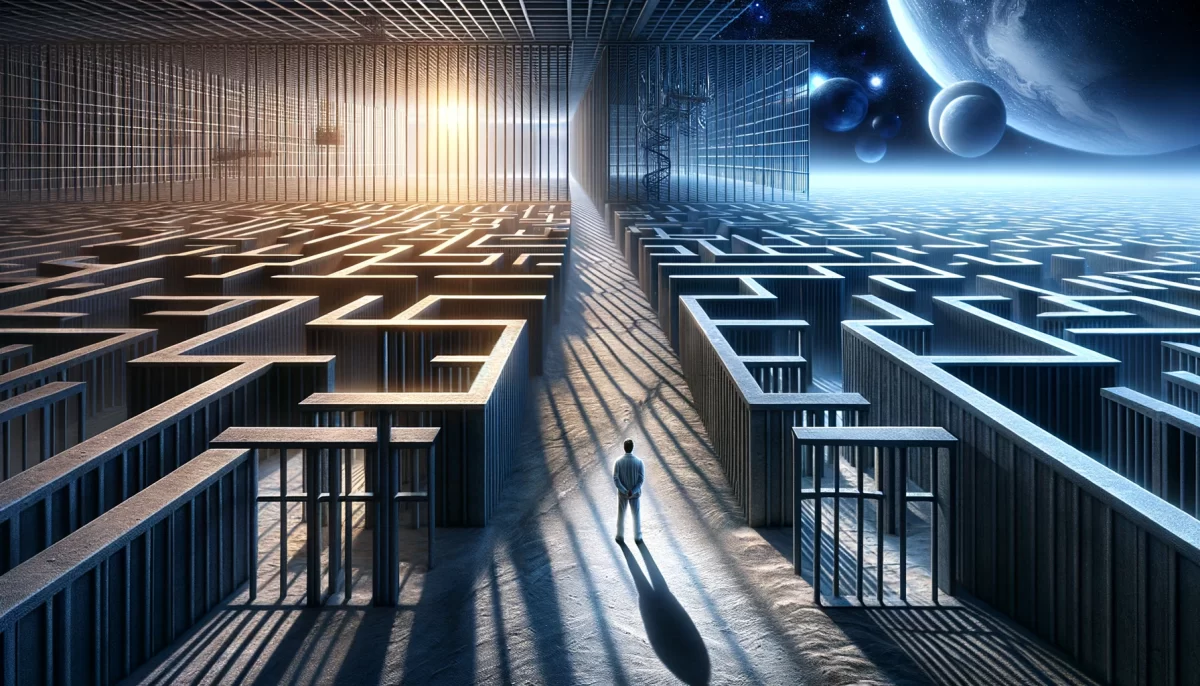
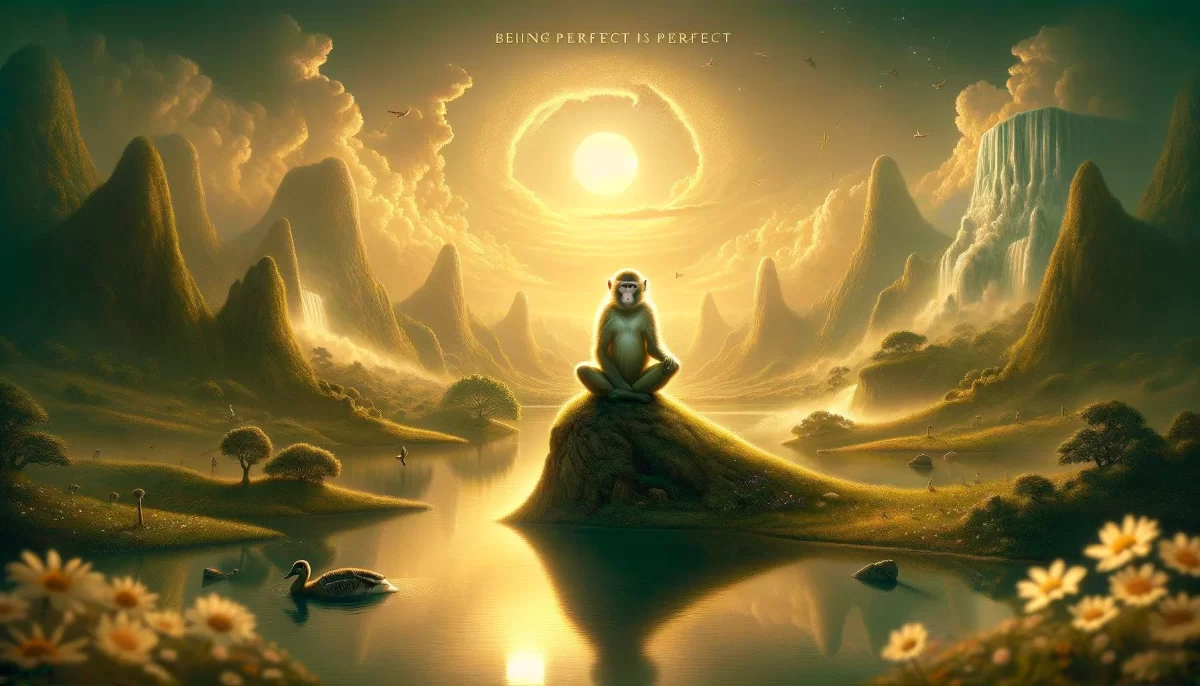
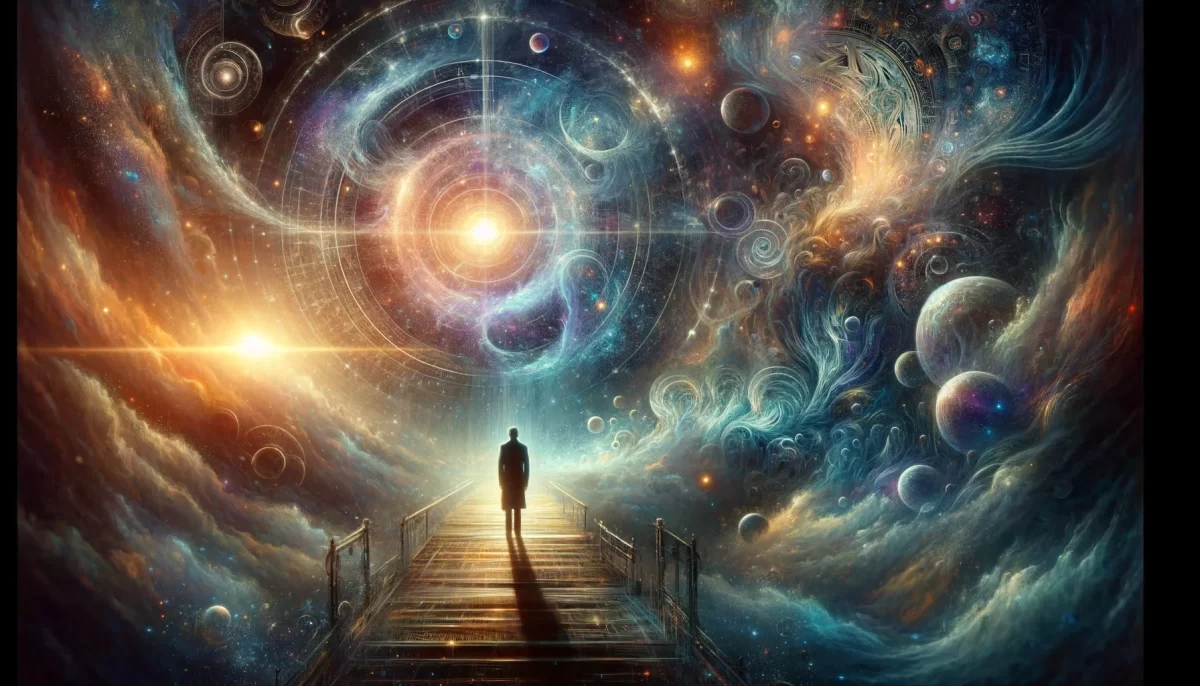

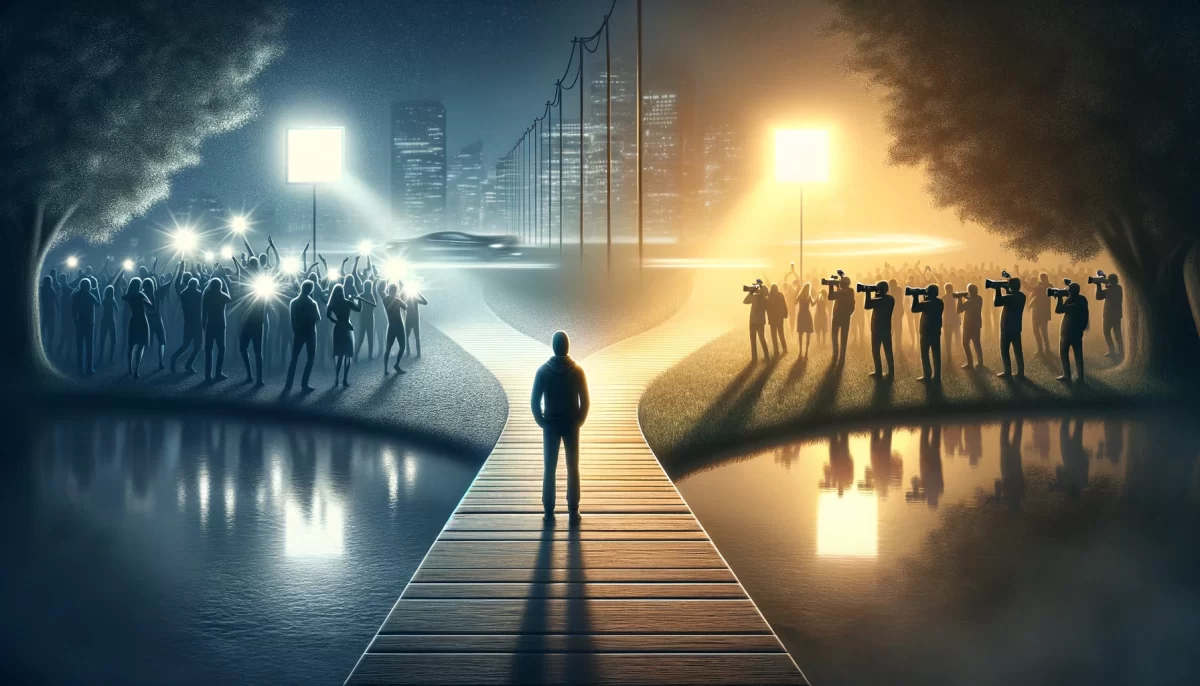

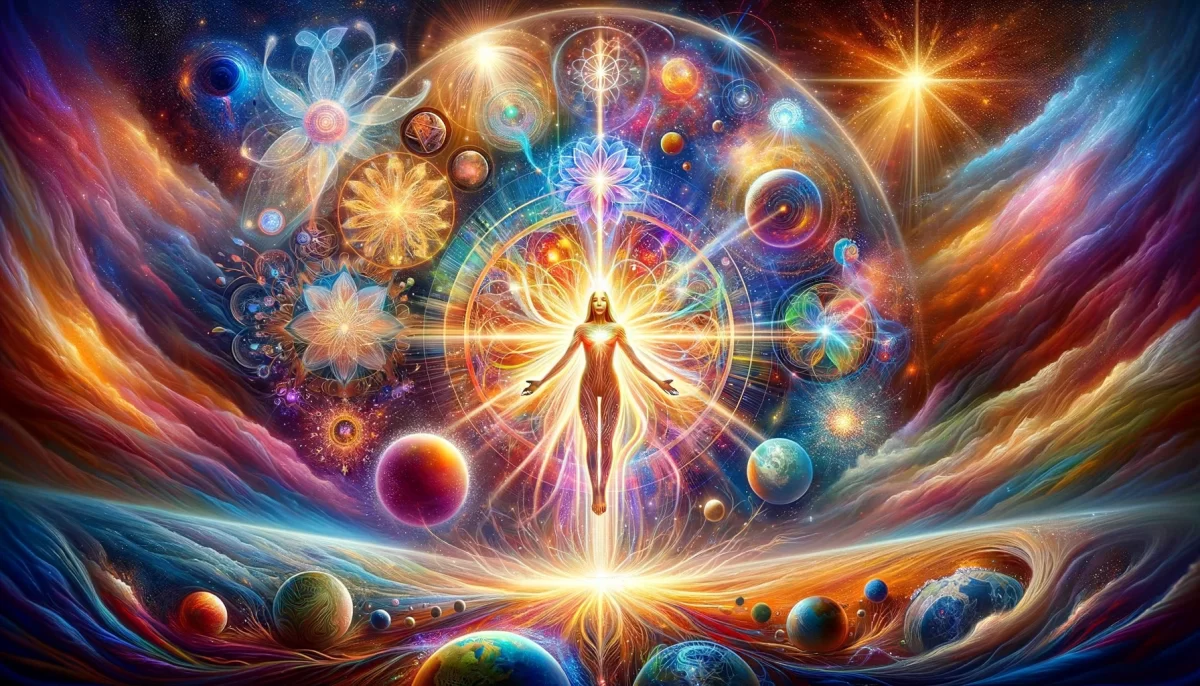
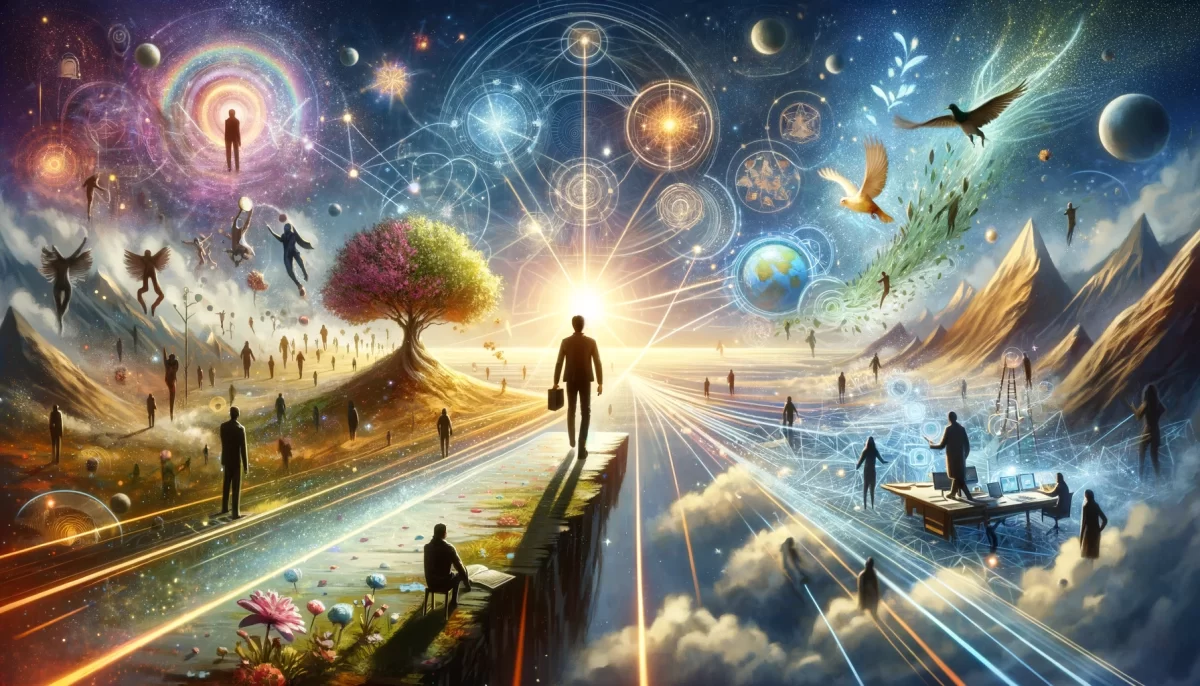
Leave a Reply